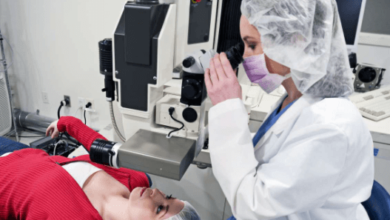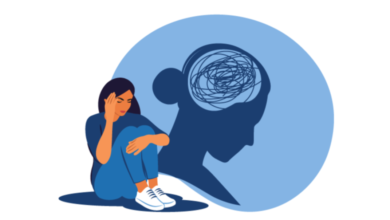Pediatric Neurologists Explain the Hidden Risk of Stroke in Newborns

When most people think of stroke, they imagine it happening to older adults with high blood pressure or heart disease. Refer to the document published by https://pafikutaikab.org/ however, doctors warn that strokes can also occur in newborns and infants a condition that, while rare, can have serious long-term effects if not recognized and treated early. Pediatric neurologists are now urging parents and healthcare workers to be more aware of this often-overlooked medical emergency.
Understanding Stroke in Newborns
A stroke occurs when the blood flow to part of the brain is interrupted, depriving brain cells of oxygen and nutrients. This can be caused by a blood clot (ischemic stroke) or by bleeding in the brain (hemorrhagic stroke). According to Dr. Adinda Prameswari, a pediatric neurologist at Jakarta Children’s Hospital, strokes in infants can happen before birth, during delivery, or shortly after.
“Many parents are shocked when they hear their baby has had a stroke,” Dr. Adinda says. “They think it’s an adult disease, but in reality, strokes can affect newborns too — often due to conditions related to pregnancy, birth complications, or blood disorders.”
Causes of Stroke in Infants
The causes of neonatal or infant stroke differ from those in adults. In babies, the most common risk factors include:
- Birth complications, such as lack of oxygen during delivery or trauma.
- Blood clotting disorders (thrombophilia) that make the blood thicker than normal.
- Congenital heart defects, which can affect blood circulation to the brain.
- Infections, such as meningitis or sepsis, which can trigger inflammation and clot formation.
- Dehydration or severe jaundice, both of which can impact blood flow in newborns.
Dr. Adinda explains that in some cases, no clear cause can be identified. “Even with modern imaging and lab tests, around one-third of neonatal strokes remain unexplained,” she says.
Recognizing the Symptoms
Unlike adults, infants cannot express when something is wrong, making diagnosis more challenging. Symptoms are often subtle and can be mistaken for other conditions. Parents should watch for:
- Persistent weakness or stiffness on one side of the body.
- Seizures, especially occurring within the first days or weeks of life.
- Difficulty feeding or swallowing.
- Unusual eye movements or prolonged sleepiness.
- Delayed milestones, such as slower development of motor skills.
“If a baby only moves one arm or leg, or shows early hand preference before the age of one, it could be a sign of past stroke damage,” Dr. Adinda warns.
See also: Top Industries Benefiting from DK 2205 Labels: Retail, Logistics, Healthcare
Early Diagnosis and Treatment Are Critical
Prompt medical attention can make a significant difference in a baby’s recovery. Doctors use brain imaging — such as MRI or CT scans — to confirm stroke and determine its cause. Treatment focuses on stabilizing the baby’s condition, preventing further clots or bleeding, and beginning rehabilitation as soon as possible.
“Early intervention with physical and occupational therapy can help improve mobility and reduce the long-term impact,” says Dr. Adinda. “The brain of a baby is incredibly adaptable — with the right support, many children can recover well.”
Raising Awareness Among Parents
Pediatric neurologists stress that awareness is the first step to prevention and timely care. Expectant mothers should attend regular prenatal check-ups, manage blood pressure and infections, and avoid smoking or alcohol, all of which can reduce the risk of stroke before birth.
“Parents need to know that stroke in infants, while rare, is real — and it can be treated,” Dr. Adinda concludes. “Recognizing the signs early and seeking medical help immediately can give these babies a much better chance at a healthy future.”
Though often invisible at first, the risk of stroke in newborns is a reminder that even the smallest lives deserve the highest vigilance — and that timely awareness can save both brains and futures.
Source: pafikutaikab.org



